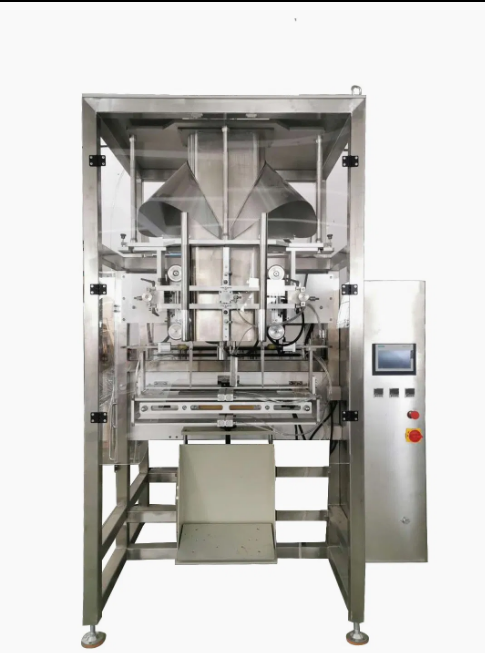
Secondary packaging machines are primarily used to repackage primary packaged products to provide additional protection and facilitate transportation and storage. Widely used in industries such as food, beverages, and pharmaceuticals, these machines can significantly improve production efficiency and reduce labor costs. Modern secondary packaging machines are typically equipped with advanced automated control systems, enabling high-speed, precise operation and supporting the use of a variety of packaging materials, such as cardboard and plastic film. Furthermore, as consumers increasingly demand higher levels of product appearance, secondary packaging must not only ensure product safety but also provide a visually appealing appearance. However, despite significant technological advances, the demand for secondary packaging varies significantly across industries, and the cost of customized solutions remains high, posing a challenge for small and medium-sized enterprises.

In the future, secondary packaging machines will develop towards intelligent and sustainable features. Leveraging the Internet of Things (IoT) and big data analytics, future secondary packaging machines will be able to seamlessly integrate with other production equipment, forming a highly interconnected intelligent manufacturing system. This will enable a high degree of integration between information and logistics flows. This will not only optimize production processes but also predict potential problems and implement preventative measures, improving overall operational efficiency. Furthermore, the application of artificial intelligence algorithms will enable machines to autonomously learn and adapt to changing product specifications, providing more flexible services. Furthermore, with growing environmental awareness, the development of low-energy, recyclable secondary packaging solutions will become a key trend. For example, replacing traditional plastics with bio-based materials reduces environmental pollution while also aligning with green consumption. Furthermore, modular design will make equipment installation and maintenance more convenient, adapting to the needs of different businesses.
